Discover the birds of the Tijuana Estuary
For nearly 65 years, the Tijuana estuary and river valley have been a magnet for birds and bird watchers. Today, the area continues to delight birders, wildlife photographers and nature lovers from around the world. The reserve supports 370 species of birds including several endangered species. The largest population of the endangered light-footed Ridgway's rail occurs in the reserve and birders come from all over the world to see it.
Come to the Visitor Center for a list of current notable sightings, or use our Tijuana Slough National Wildlife Refuge bird list to discover the various species you may see during your trip to the Reserve. You can also learn about protecting threatened or endangered birds.
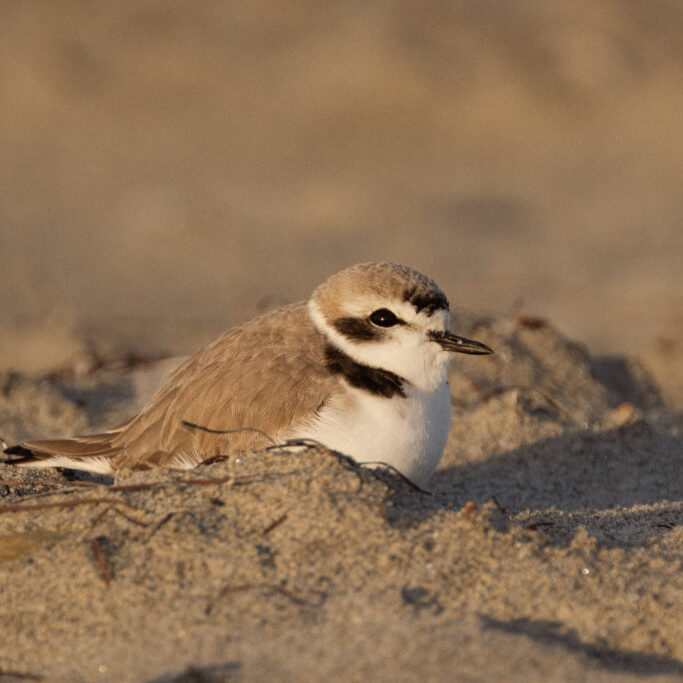
Common Birds
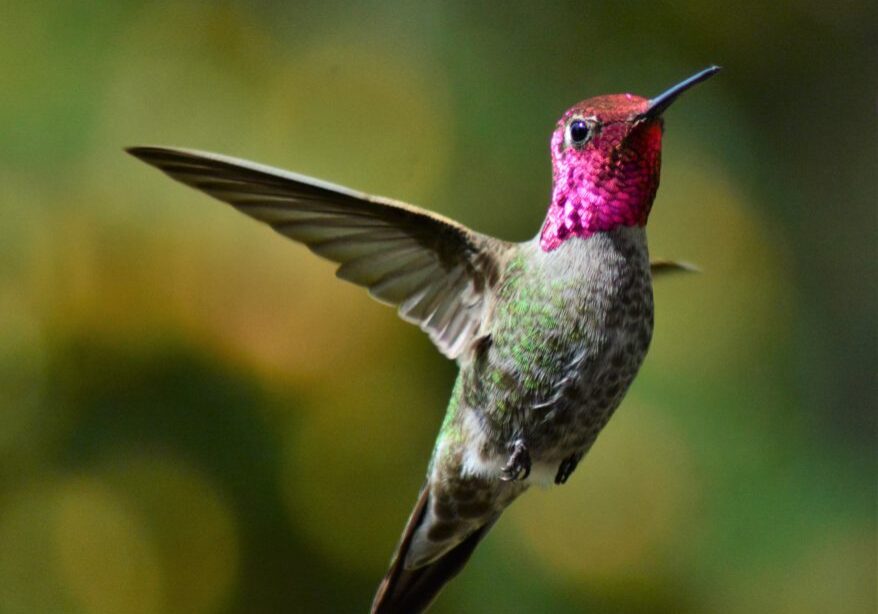
Anna's hummingbird
One of our smallest, most dazzling residents, the Anna’s hummingbird looks like jewelry with their iridescent green feathers and the flashy ruby throats worn by the males. Hummingbirds get their name from the humming sound their wings make. They live here and feed on flower nectar year-round. In the springtime males can be seen climbing 130 feet into the air and swooping to the ground with a pop sound made by their tail feathers. Hummingbirds have tiny legs so they don't hop or walk, but they can fly backwards!
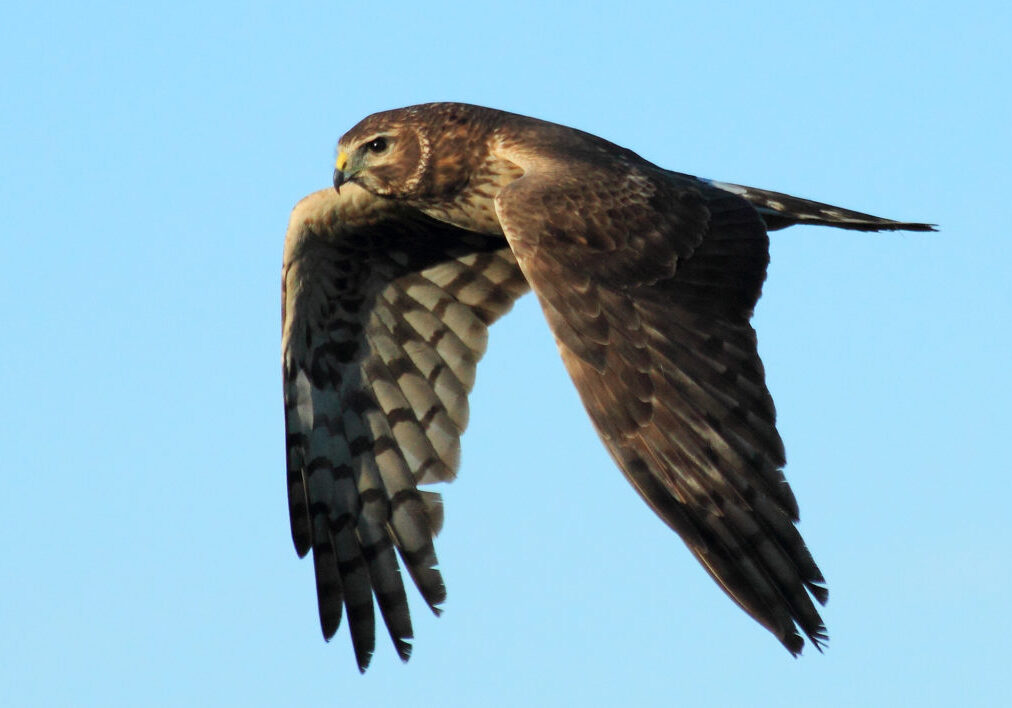
Northern harrier
If you’ve walked our trails, chances are you’ve spotted one of these beauties circling low on the lookout for prey. Although the northern harrier is in the Hawk family, it’s face almost resembles an owl, and much like an owl, uses keen listening to locate prey. This bird is easiest to spot by its most obvious identifying feature -- a white stripe above their tail feathers.
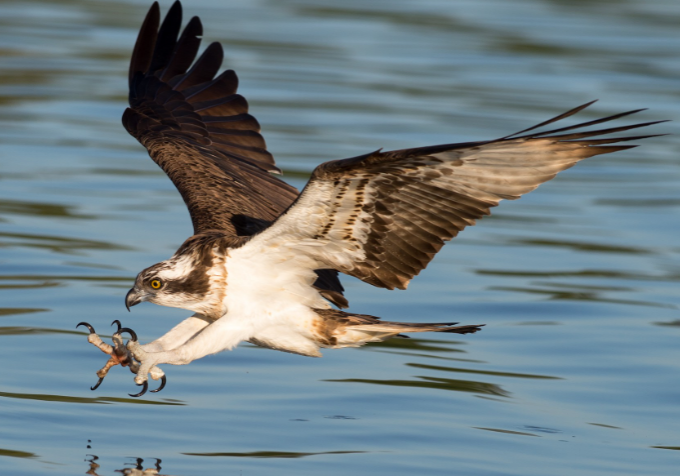
Osprey
Sometimes referred to as the “fish hawk,” this is the only bird of prey in North America that feeds almost exclusively on live fish. Sharp spicules (barbs/spiny scales) on its feet pads, its reversible outer toes, and an ability to lock its talons in place enable it to hold on slippery fish. Osprey catch fish by diving headrest towards water and swinging up in a power skid at the last second to extend its talons in order to clutch its prey from water and then powers back up into the air by the strength their six-foot wings.
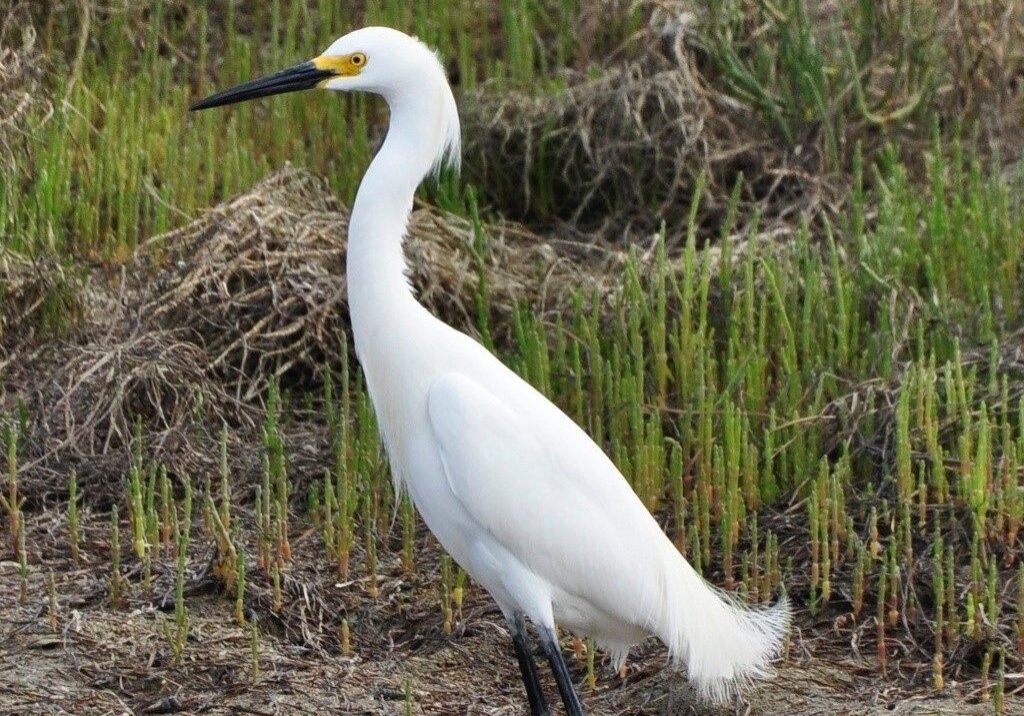
Snowy egret
Snowy egrets do everything great egrets do, but more quietly, more modestly, and in even more out-of-the-way places. They’re often seen patrolling shores and they investigate overlooked ditches. They skewer their prey with their long pointed bill. It is very adaptable in estuarine and freshwater habitats, and feeds on prey ranging from insects, shrimp, prawns, small fish, amphibians and even snakes. They were nearly hunted to extinction in the 1800s for their feathers.
Photo © Jorge Ayon
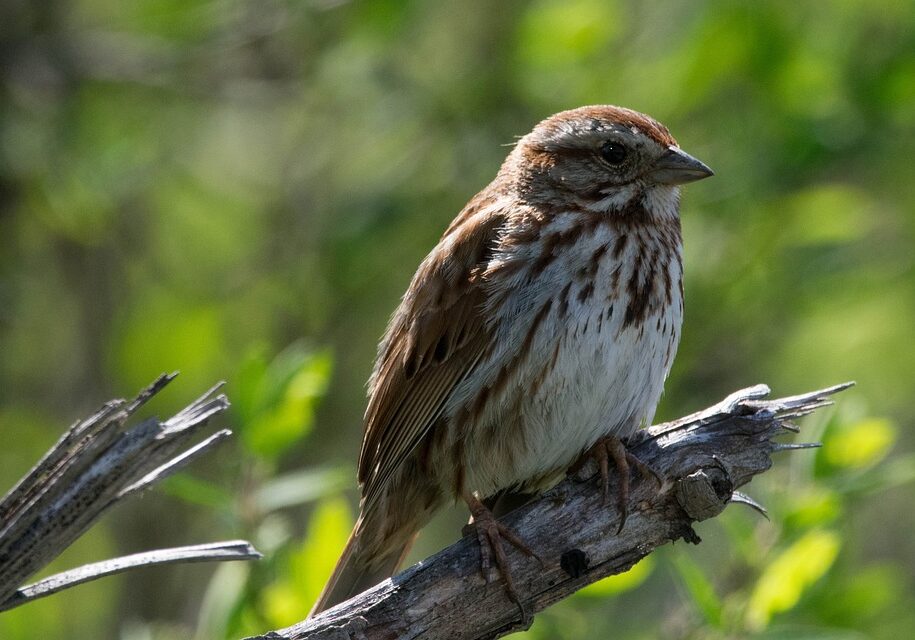
Song sparrow
It is likely that you've heard a song from this sparrow at our estuary. Their varied repertoire may include up to 20 different melodies during the mating season. These sparrows begin to practice their vocal skills as they also learn to fly right out of the nest. They adopt a ‘tough’ stance and lean back as they defend their territory while singing. Song sparrows are found along brushy marsh edges. They eat mainly seeds and fruits, adding invertebrates in the summer. This is one of the first species you should expect to hear or see during the mating season as they are plentiful - there are roughly 40 subspecies in North America alone.
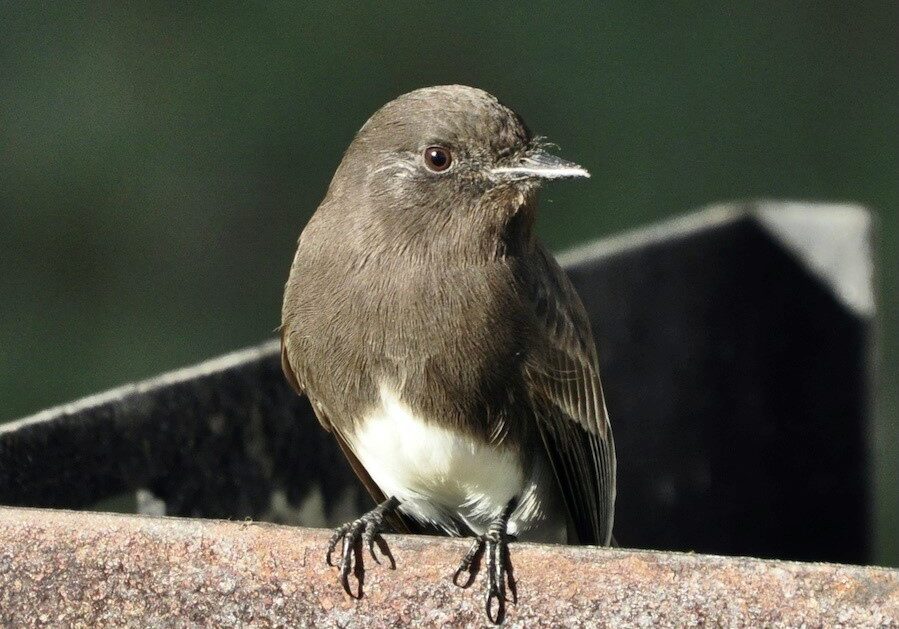
Black phoebe
Black phoebes are in the tyrant flycatcher family. They are easily identified as the dapper bird in the black and white tuxedo, and have a distinctive habit of wagging their tail. They are common near water, often seen perched about 7 feet off the ground. They swoop off their perches making short flights to catch insects by the wing and off the ground; they’re even known to catch small minnows off the surface of the water. Black phoebes are primarily monogamous birds. Males tour females by showing them possible nesting sites, the female chooses and builds the nest, then both parents feed and raise the young.
Photo © Jorge Ayon
Sensitive Species
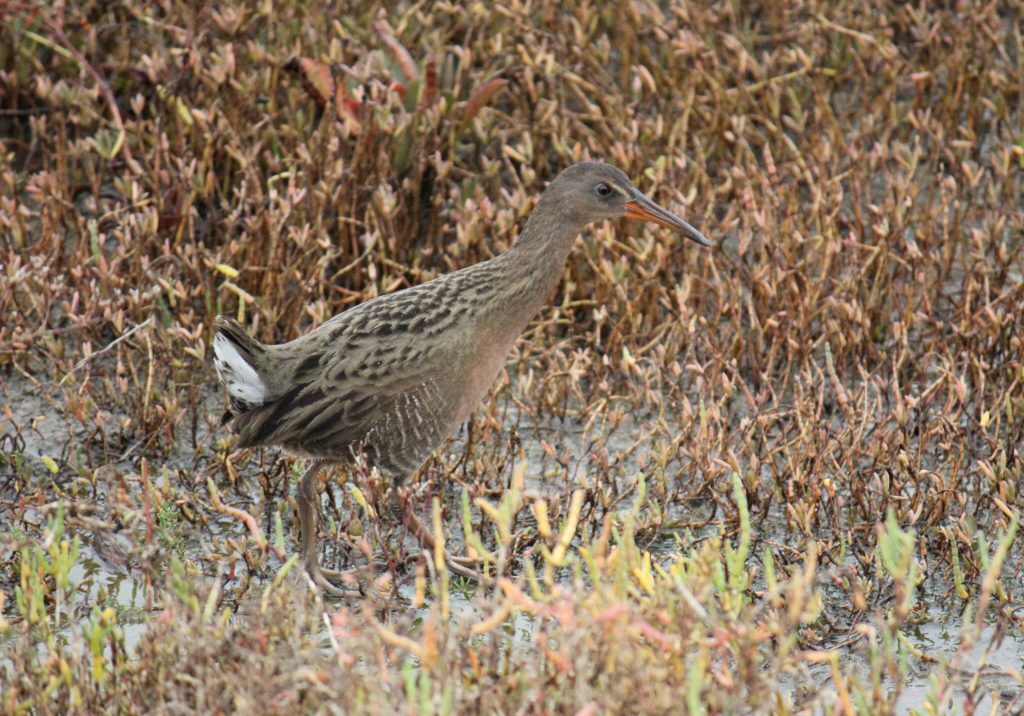
Light-footed Ridgway's rail
Highly elusive, the light-footed Ridgway’s rail lives in only a few densely vegetated coastal salt marshes in Southern California and northern Baja California. This extraordinary bird has short wings, as it rarely flies, and long toes for navigating the intertidal zones. This bird is also quite famous for their nests. They are built within and made of cordgrass, complete with a canopy of tall cordgrass above it and a ramp to walk up to the nest. Given cordgrass's preference of growing in the more wet areas of the salt marsh, their nests are also designed to float and sink with the rise and falling tide.
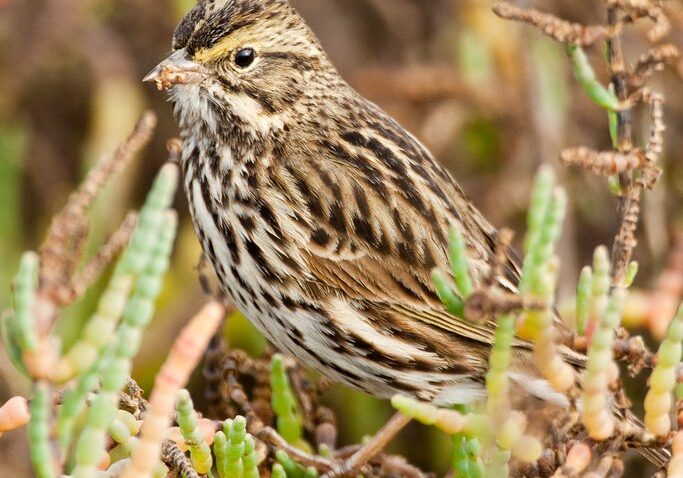
Belding’s savannah sparrow
The Belding's savannah sparrow is a non-migratory bird adapted to living along the higher landward edge of the salt marsh where it nests, feeds, and rests. It has also developed glands so it can drink salt water. Because of selective habitat requirements, this little endangered bird cannot relocate.
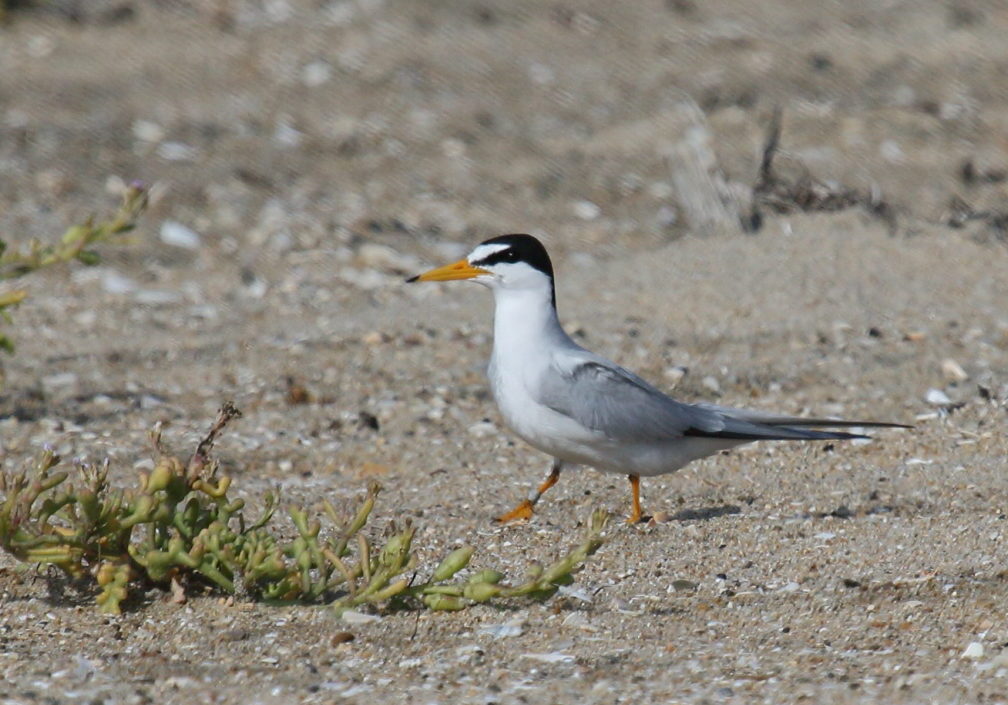
California least tern
This small tern has nested on California beaches since time immemorial. Least terns hover more than other terns and can be seen diving for fish in both the estuary and the ocean. Their courtship is an elaborate aerial display that ends with the male feeding the female a fish. Increased seashore recreation, and development, has significantly decreased the California least tern population.
Photo © Kevin Hamm
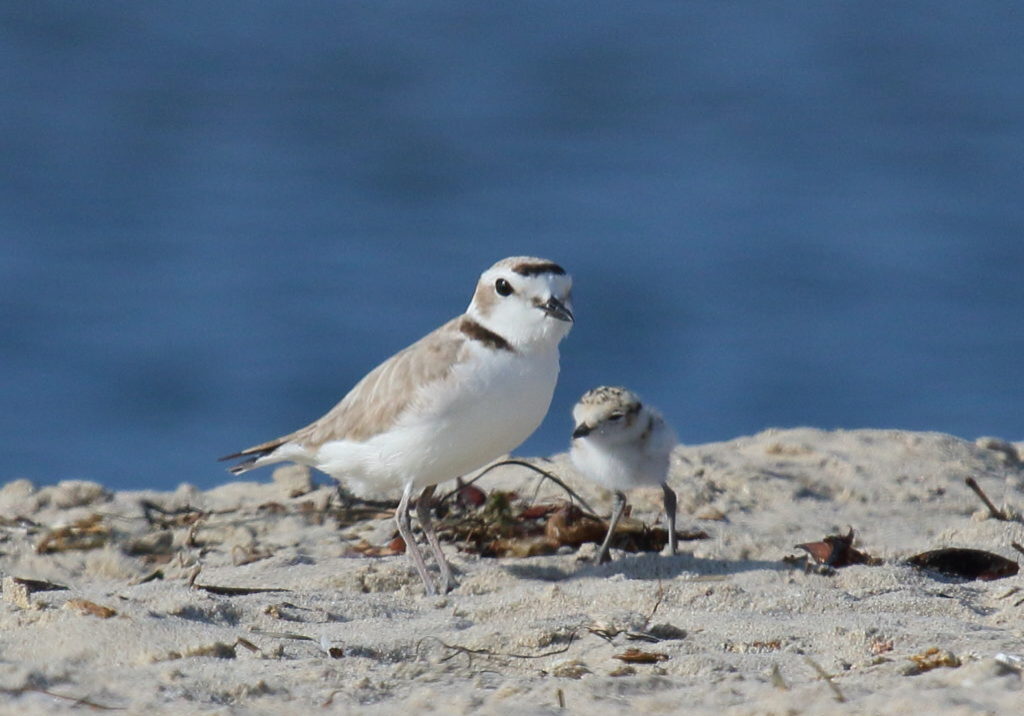
Western snowy plover
This tiny shorebird can be found scurrying along our beaches in a near constant stop-and-go foraging pattern winter through spring. They feed on small insects and breed on open sandy beaches. Plover nests are mere scrapes in the sand so they are easy to miss and are easily disrupted by humans, dogs, and beach vehicles. Eggs are also speckled for camoflauge to blend into the sand.
Photo © Kevin Hamm
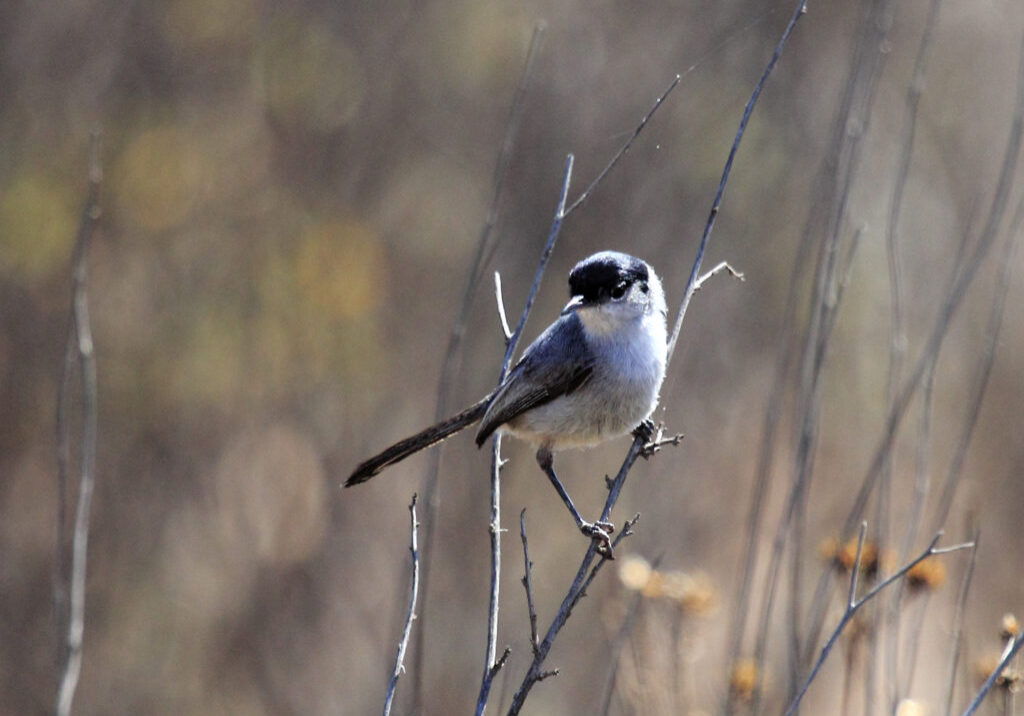
California gnatcatcher
A very petite bird with a long black tail, the California gnatcatcher flits through the coastal sage scrub habitat from Southern California to northern Baja California. They may be hard to see, but have a distinct meow that could help you spot one.
Photo © Marc Arndt
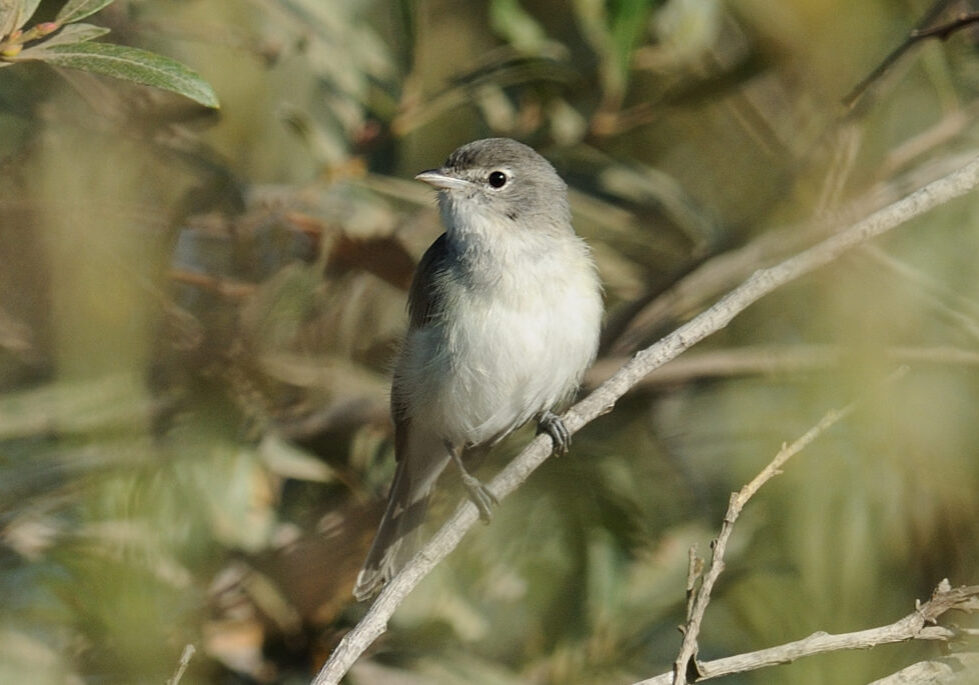
Least Bell's vireo
Least Bell's vireos live in the riparian habitat which is, unfortunately, one of the most critically endangered ecosystems. Brood parasitism by brown headed cowbirds is another serious problem. The least Bell's vireo measures in under 5 inches, although size isn't the only thing that makes it hard to spot. Its gray and white feathers also make it difficult to see from above or below. Their song sounds much like a question and answer. They have been known to decorate their nests with spider eggs.
Migratory Birds
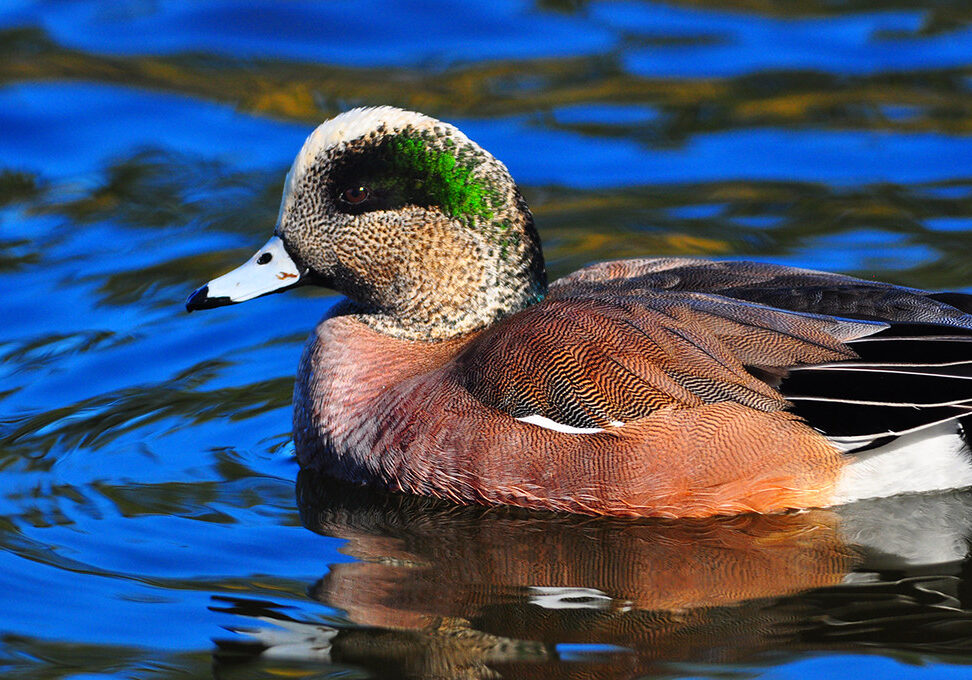
American wigeon
These Fall/Winter visitors are easily found in flocks along shallow shorelines and mudflats of the marsh. They are opportunistic feeders known to follow other ducks and steal their leftovers that float to the surface. These common winter migrants breed furthest north in the arctic than any other dabbling duck at the Tijuana estuary.
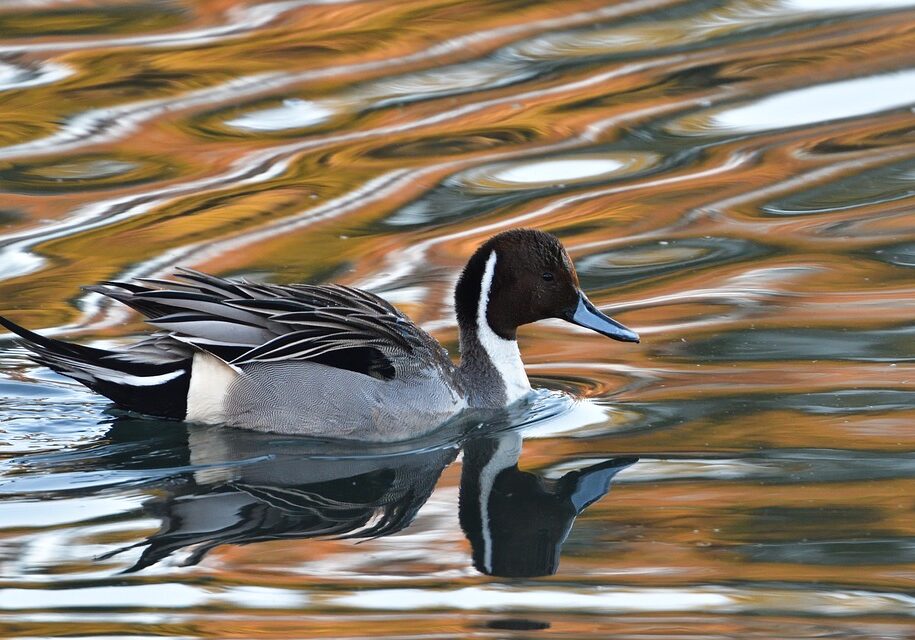
Northern pintail
These ducks escape harsh arctic winters and arrive at the Tijuana estuary by November. Their long tails point skyward as they dip their heads underwater and dig into the mud in search of snails, insects, or aquatic plants. These elegant ducks are unmistakable with their characteristic chocolate brown head and long white stripe extending up along their neck.
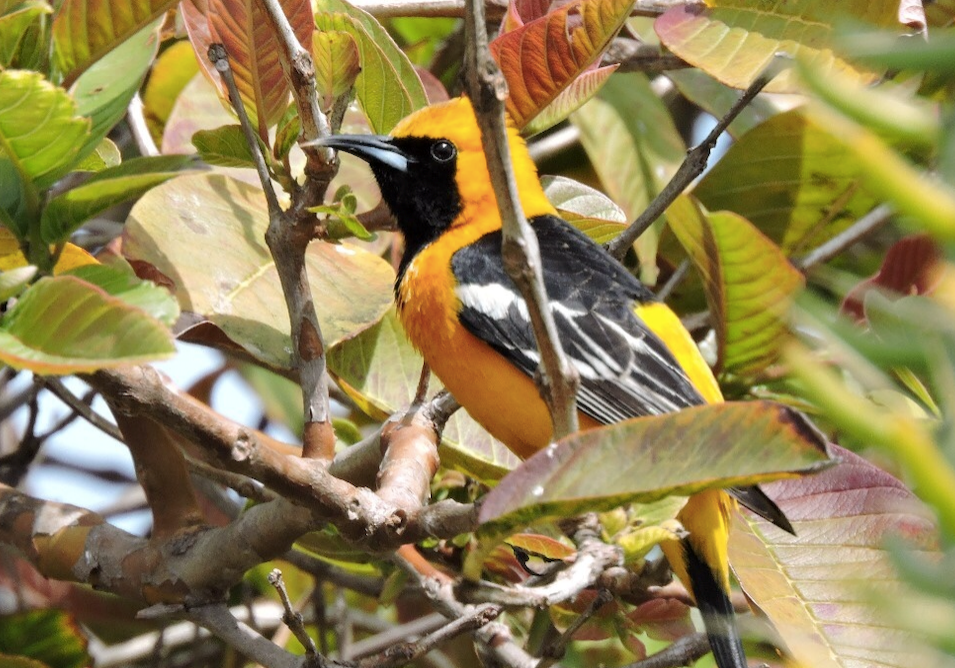
Hooded oriole
Our northern ambassadors from the tropics signal the arrival of spring. Their brilliant orange/yellow feathers beautifully contrast with their dark face and throat. A rambling of songs from these colorful birds is commonly heard in the palms along the edge of the Tijuana estuary where they build suspended nests underneath fronds.
Photo © Jorge Ayon
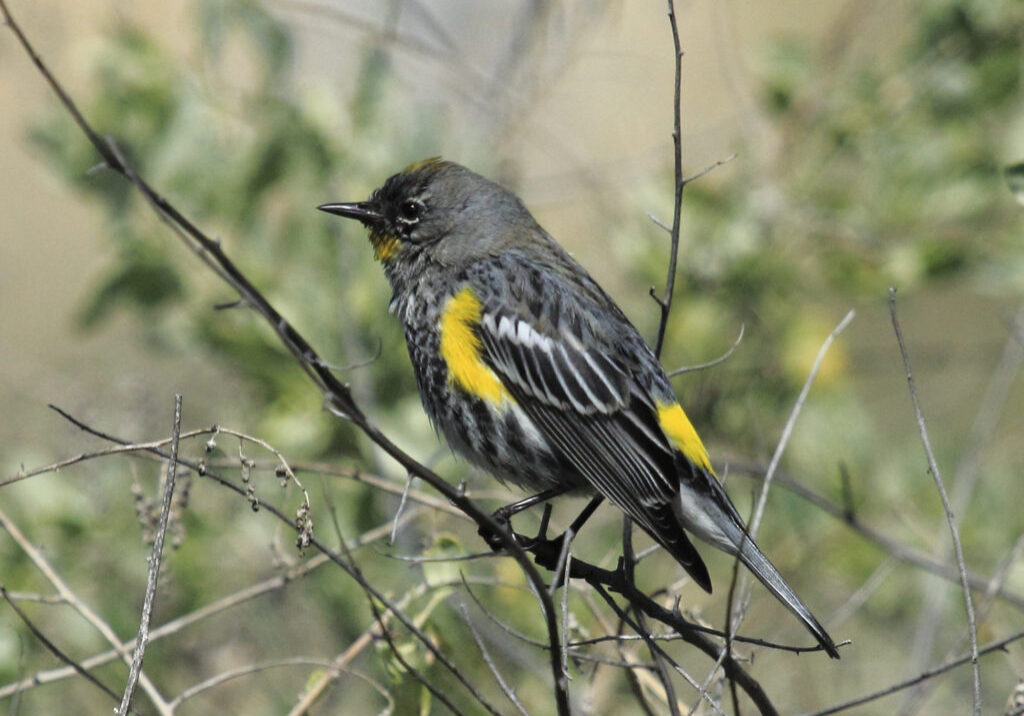
Yellow-rumped warbler
Yellow-rumped warblers can be seen flooding the reserve in impressive numbers, every fall and winter as they head for the tropics. Lucky for us, they stay awhile to brighten up the season. These warblers are small, charcoal grey birds, with black and white streaks and yellow patches. They are especially noticeable by their yellow rump hence the nickname "Butter Butts." They are agile and active flyers and versatile foragers. These warblers are also known to eat poison oak along with insects and berries.
Photo © Marc Arndt
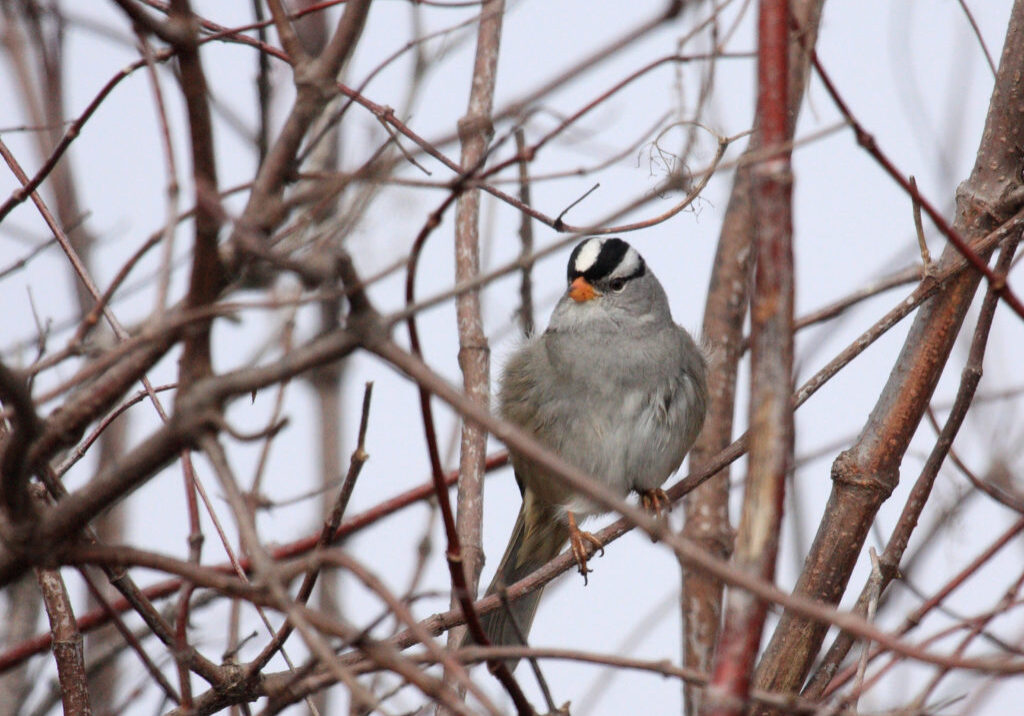
White-crowned sparrow
This new world sparrow has a fancy striped head and a pale pinkish-orange beak. They have been tracked as flying down the pacific flyway 300 miles in a single night! Studies show they are capable of navigation beyond their usual flight paths. They breed in Alaska/Canada, break up and fly separately to winter here in September. In April, they return to their breeding grounds where 2/3 re-pair. Males do most of the singing, learning the songs of their neighborhood. Those living on the edge of two dialects may be bilingual and sing both songs.
Photo © Marc Arndt
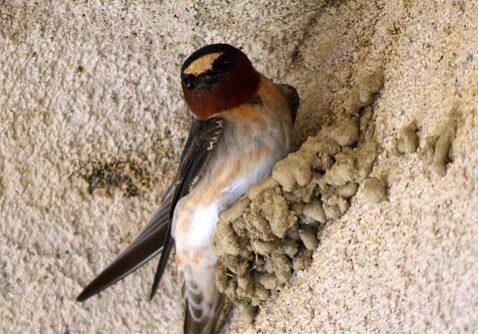
Cliff swallow
This species, known for its mythical return to the San Juan Capistrano mission, also graces the Tijuana Estuary every spring. The estuary is the perfect habitat with plenty of open space, water, and mud. You can’t miss noticing their fast kite like flight. You will rarely see a swallow sitting still as they spend their time foraging for insects and building their mud nests. A mated pair can gather over 1,000 mud pellets. They are excellent pest controllers. Cliff swallows live in colonies. Their nests are protected under the Migratory Bird Treaty Act of 1918 and cannot be removed until empty.
Catching Gnats is where it's at!
Flitting through shrubs and mewing like a kitten, the endangered California Gnatcatcher is a tiny bird with a tiny range.
Black-Capped Acrobats
The CA Least Tern may be the smallest of the tern species, but it puts on a quite a show with its aerial displays, hovering and diving for fish. The nesting colonies have an unmistakable sound as well.
Always elegant, even on stilts
Graceful, elegant, stately. Long, pink legs that stand out and up! The black-necked stilt is eye-catching indeed, but don't get too close because they're very territorial and not afraid to show you so.
It's a bird, it's a helicptor, it's an osprey!
Osprey are like the bald eagles of our southern California coastal bays and estuaries. Seen diving for fish, they are unlike other raptors. Join us as we broadcast along the marsh hoping to catch a glimpse of the real thing.
